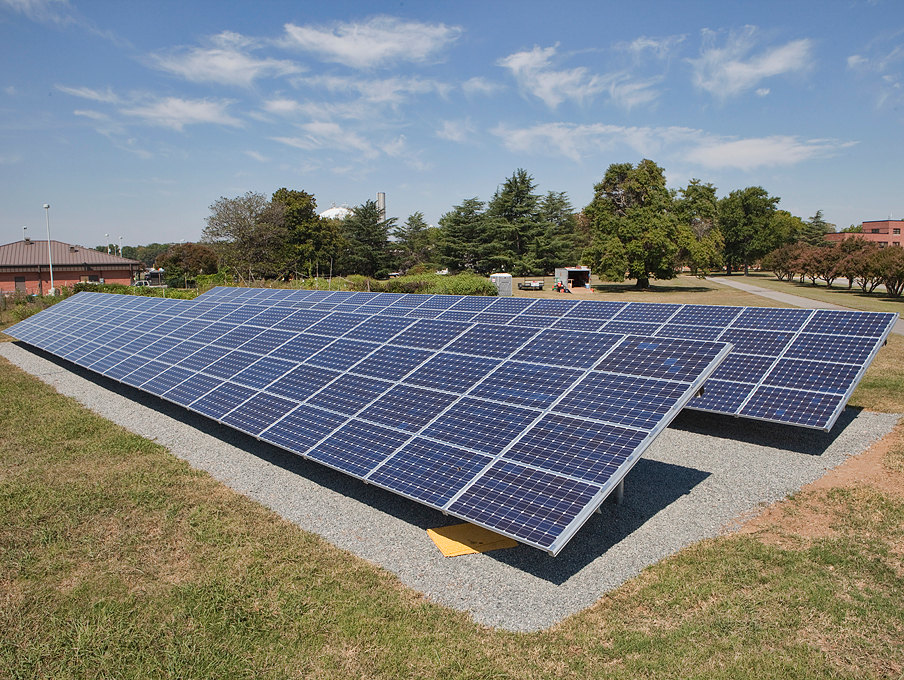Could electronic devices charge themselves without being plugged into an electricity source
Electronic devices can charge their batteries through various methods without being plugged into a source of electricity. What all the different methods have in common is that they absorb energy that is in some other form (heat, light, vibrations, radio waves, etc.) from the external environment and then convert the energy into electrochemical energy that is stored in the device’s batteries. While such methods are scientifically sound and have already been successfully demonstrated, the energy captured from the outside environment is often not enough to be practically useful. Intense research is currently underway to make energy capture more efficient, and breakthroughs are beginning to be achieved in this area. Many phones are already available that offer wireless charging. Let us look at the main types of energy a device can use to charge itself without being plugged in.

Solar Energy
The oldest energy capture method used on electronic devices is most likely solar energy capture using a solar cell. Small calculators that use solar cells to help power them have been around for decades. Solar cells (photovoltaics) absorb ordinary light and convert it directly to electricity using layers of semiconductors. While photovoltaics are well understood and commercially established at this point, there are several drawbacks in using photovoltaics to recharge a handheld electronic device. The main drawback is that the light-to-electricity conversion process of photovoltaics is inefficient. Recent advances have however been made that boost the efficiency, and intense research is ongoing to continue to increase the efficiency. The other drawback is that for typical lighting levels, light does not contain that much energy to begin with. For traditional solar cells to provide reasonable output power, they have to be large in size, out in the direct sunlight for a long time, and oriented towards the sun. None of these conditions is very practical for a cell phone that you keep in your pocket or your hand most of the day.
Vibrational/Kinetic Energy
Whenever an object moves or vibrates, it contains kinetic energy. If the object’s motion is stopped in the right way, this kinetic energy can be converted into electricity instead of into the usual waste heat. Hybrid cars use this concept to put electricity back into the batteries whenever you step on the brakes. The kinetic energy of the car moving forward gets converted into electrical energy using a generator on the wheels, instead of the energy ending up as waste heat in the brake pads. For a handheld device, the most significant kinetic energy it has access to is the regular bumps and jostles the device experiences as you walk around and carry the device in your pocket. Research is ongoing to make kinetic energy capture practical and efficient. For instance, Zhong Lin Wang and Jinhui Song demonstrated the conversion of vibrational energy to electrical energy using piezoelectric nanowire arrays. Piezoelectric crystals have the interesting property that when they are squeezed, they produce a small amount of electricity. Typically, the amount of energy captured through the piezoelectric effect is too small to power a device, but recent advances in nanoscale structures are boosting their efficiency.
Heat Energy
The ambient heat in the natural environment can be captured and converted to electricity. There are many ways to do this, but the basic concept is to funnel the random thermal motion of ions or electrons into a more ordered motion of charge, which constitutes an electrical current. This funneling is often accomplished by layering various materials with different thermal and electrical properties. For instance, the researchers Guoan Tai, Zihan Xu, and Jinsong Liu have recently demonstrated the conversion of heat to electricity using the ion layer that forms between silicon and a copper(II) chloride solution.
Radio Waves and Electromagnetic Induction
All electromagnetic waves carry energy. Typically, the radio waves surrounding us are strong enough to carry a signal (such as a cell phone signal), but too weak to provide significant power to a device. By using more intense radio waves, energy can be beamed wirelessly at significant power levels to a device. Nikola Tesla is famous for pioneering research in wireless power transmission in the 1890’s. In such an approach, the ambient radio waves from the rocks, trees, stars, and so forth are not strong enough to provide power. Instead, a dedicated power transmitter is needed to create the intense radio waves, which could be considered a drawback. Furthermore, if a simple tabletop radio transmitter is used, the device to be charged would have to be in the same building as the transmitter in order to efficiently capture the electromagnetic energy. This may not be a severe limitation as wireless signal transmitters such as WIFI routers and cell phone towers are already becoming common enough to provide internet connectivity with few gaps. The wireless power transmission equipment could be built into the existing wireless signal transmission infrastructure. Because wireless power transmitters just need to be connected to a power source and do not need to be connected to the internet, they could even be installed in automobiles, boats, and in remote areas. Note that there is a fundamental difference between radio waves and electromagnetic induction. Radio waves are self-propagating traveling waves in the electromagnetic field. In contrast, induction effects are more localized electromagnetic disturbances that do not wave, but still carry energy. From a technology standpoint, radio wave power transmission and induction power transmission are virtually the same thing. Radio wave/inductive charging methods are already being used on several commercial products, such as Google’s Nexus 4 phone and Nokia’s Lumia 920 phone.
Credit:https://wtamu.edu/~cbaird/sq/2013/10/17/could-electronic-devices-charge-themselves-without-being-plugged-into-an-electricity-source/


Leave an answer
You must login or register to add a new answer.